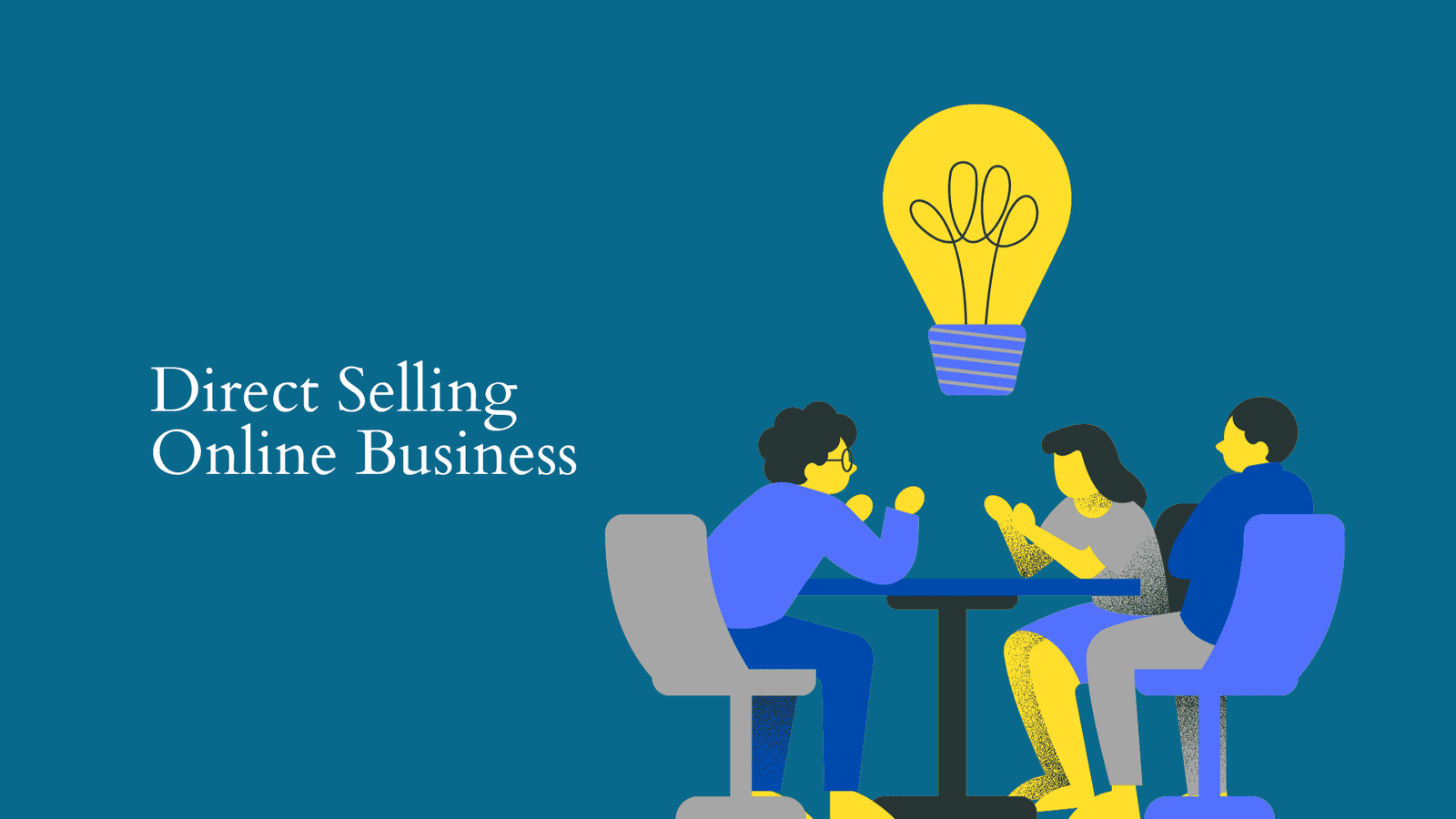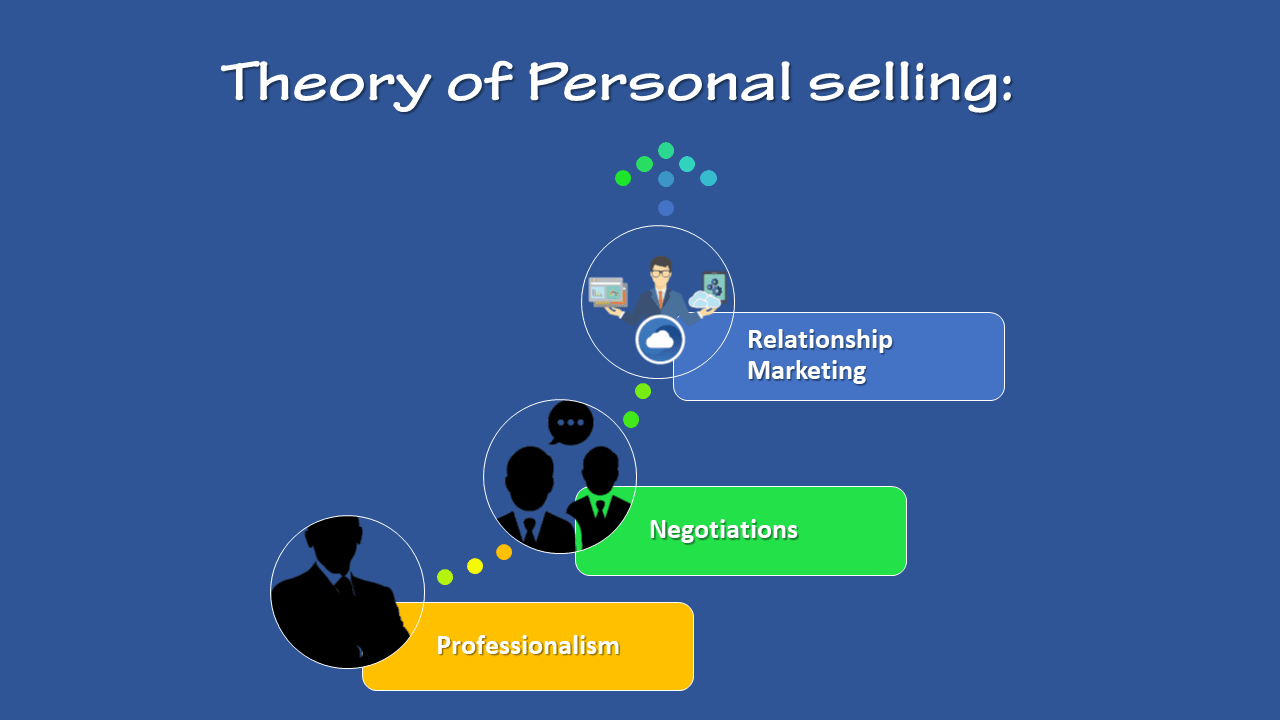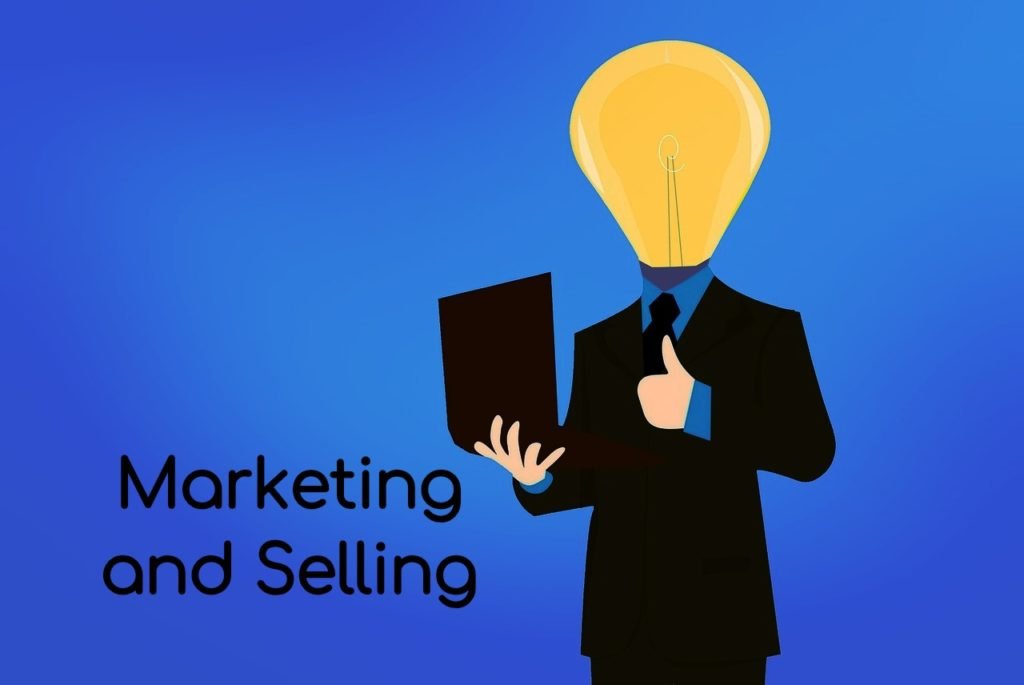Understanding sell settlement is vital in commerce, encompassing the processes from agreement to payment. This guide highlights its significance, steps involved, risks, and best practices for ensuring effective transactions in e-commerce and finance.
Understanding Sell Settlement: A Comprehensive Guide
In the world of commerce, particularly in e-commerce and finance, the term “sell settlement” is pivotal. It encapsulates the processes, agreements, and obligations that arise when goods or services are sold and the payment is completed. This article aims to provide an in-depth understanding of sell settlement, its significance, the steps involved, and answers to frequently asked questions.
What is Sell Settlement?
It refers to the finalization of a sale wherein the seller transfers goods or services to the buyer and receives payment. Also, This process is essential for maintaining trust and transparency in transactions. The term is commonly used in various fields, including real estate, stock trading, and online retail.
Key Components of Sell Settlement:
- Agreements: The terms of the sale are established, detailing the responsibilities of both parties.
- Payment: The transfer of money occurs, which may involve various methods (credit card, bank transfer, cash, etc.).
- Delivery: The physical or digital transfer of goods or services.
- Finalization: The transaction is concluded, often with the issuance of a receipt or confirmation.
Importance of Sell Settlement
Understanding the significance of sell settlement is crucial for both buyers and sellers. Here are some reasons why it plays a vital role in business transactions:
- Building Trust: A clear and efficient settlement process enhances trust between parties.
- Legal Protection: Proper documentation and agreements help protect both the buyer’s and seller’s rights.
- Financial Accuracy: Timely settlements ensure a business’s cash flow and financial records are kept accurate.
- Customer Satisfaction: Efficient settlements lead to positive customer experiences, encouraging repeat business.
The Sell Settlement Process
Their process can be broken down into several essential steps. Below is a structured view of the steps involved:
| Step | Description |
|---|---|
| 1 | Initiation: The buyer expresses interest in purchasing the product or service. |
| 2 | Negotiation: The terms of the sale are negotiated, including price, delivery time, and payment method. |
| 3 | Agreement: Both parties formally agree to the terms, often documented in a contract or invoice. |
| 4 | Payment: The buyer makes the payment as agreed. |
| 5 | Distribution: Goods or services are delivered to the buyer. |
| 6 | Confirmation: A receipt is issued to confirm the completion of the sale. |
| 7 | Post-sale Support: Any necessary customer support or follow-up occurs. |
Risks Involved in Sell Settlement
While it is a crucial aspect of commerce, it is not without risks. Both buyers and sellers should be aware of potential pitfalls:
- Fraud: There is a risk of scams or fraudulent transactions, especially in online sales.
- Payment Disputes: Complications can arise over non-delivery or delay in payment.
- Information Security: Personal and financial information can be compromised during online transactions.
- Legal Consequences: Without proper agreements, disputes may lead to legal action.
Best Practices for Sell Settlement
To mitigate risks and ensure a smooth sell settlement process, consider the following best practices:
- Use Clear Agreements: Ensure that all terms are explicitly outlined in a written format.
- Verify Payment Methods: Utilize secure payment platforms that offer fraud protection.
- Keep Records: Maintain accurate records of transactions for both internal and tax purposes.
- Encourage Feedback: Seek feedback from buyers to improve the settlement process.
A Relevant Quote:
“Selling is essentially a transfer of trust.” – Anonymous
FAQs
1. What is the difference between a sell and a purchase settlement?
- Sell settlement pertains to the seller’s perspective, focusing on how a sale is finalized, while purchase settlement concerns the buyer’s perspective, focusing on how the purchase is completed.
2. How long does the sell settlement process usually take?
- The duration can vary significantly based on the nature of the transaction. Online sales may be completed within minutes, while real estate transactions might take weeks or months.
3. Can sell settlements be disputed?
- Yes, disputes can arise due to various reasons, such as non-delivery, quality discrepancies, or payment issues. Proper documentation is crucial for resolving such disputes.
4. What happens if the payment fails?
- If a payment fails, the seller should communicate with the buyer to resolve the issue, potentially offering alternative payment methods.
Conclusion
In conclusion, it process is a fundamental element of business transactions that helps establish trust and efficiency in the marketplace. Whether you are a small e-commerce business or a large corporation, understanding the ins and outs of sell settlements can improve your operations and enhance customer satisfaction. Implementing best practices and being aware of potential risks will ensure that both buyers and sellers can navigate the complexities of commerce effectively. As commerce continues to evolve in a digital age, mastering sell settlement will remain critical for sustainable business success.













